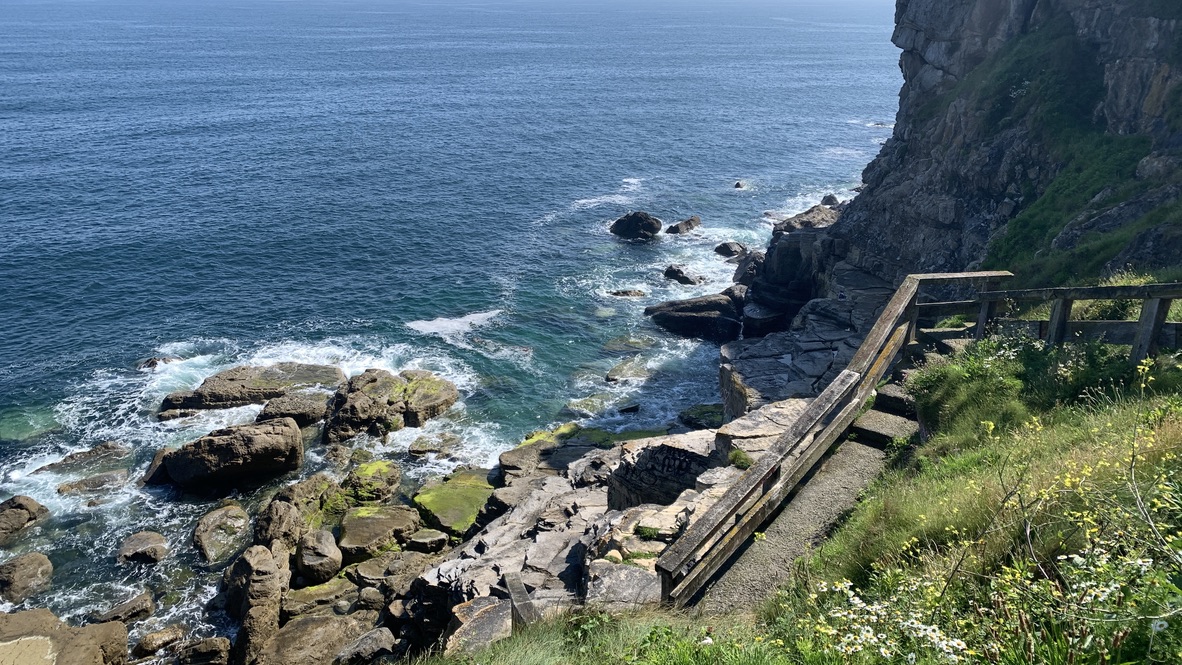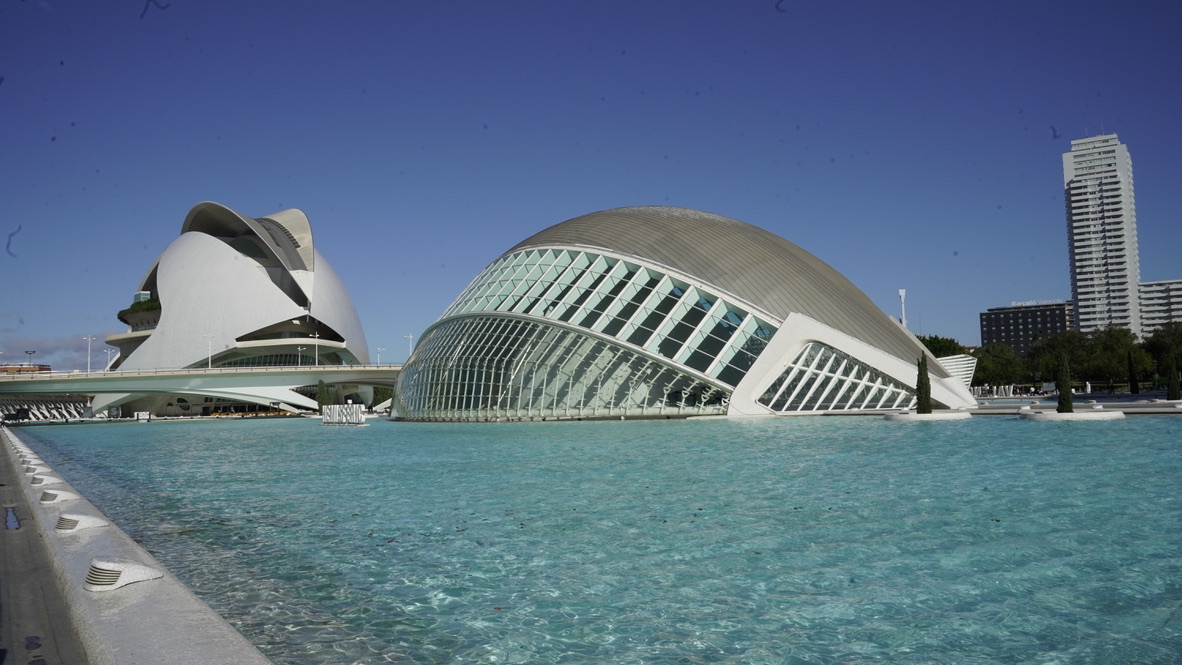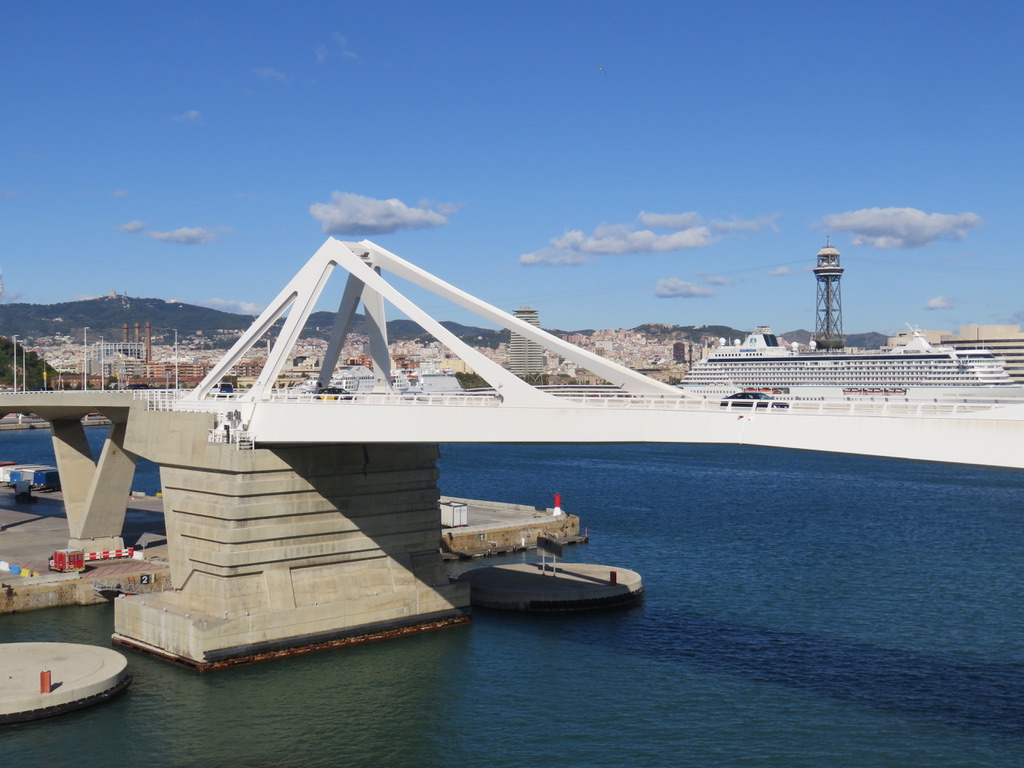The Costa Verde offers a more rugged and relaxed coastal experience than the Mediterranean beaches of southern Spain.
Getting There and Around
The Costa Verde, located in the northern region of Spain along the Bay of Biscay, is renowned for its lush landscapes, rugged coastlines, and charming seaside towns. The main gateway to the Costa Verde is Asturias Airport, which offers domestic and international flights. The region is also accessible via Santander Airport. The Costa Verde is well-connected by train and bus services, with major routes passing through cities like Gijón, Oviedo, and Santander. Renting a car is a convenient option for exploring the region, particularly for visiting smaller towns and hidden beaches. Public transportation within towns includes buses and taxis, and many areas are pedestrian-friendly.
Top Attractions
- Gijón: A bustling coastal city with a mix of modern and historic attractions. Key highlights include the Cimavilla old town, San Lorenzo Beach, and the Laboral City of Culture.
- Oviedo: The capital of Asturias, known for its medieval old town, the impressive Oviedo Cathedral, and the Campo de San Francisco park. The Archaeological Museum of Asturias is also worth a visit.
- Santander: The capital of Cantabria, Santander offers beautiful beaches, the Magdalena Palace, and the scenic Sardinero area. The Maritime Museum of Cantabria provides insights into the region’s seafaring history.
- Cudillero: A picturesque fishing village with colorful houses and narrow streets. The village’s scenic harbor and surrounding cliffs make it a popular spot for photography.
- Ribadesella: Known for its stunning beach and prehistoric caves, including the Tito Bustillo Cave with its ancient rock art. The town also offers a charming old quarter.
- Llanes: A historic town with beautiful beaches, a charming old town, and the scenic Paseo de San Pedro. The nearby Bufones de Pría, natural blowholes, are a must-see.
Culture and Cuisine
The Costa Verde’s cultural heritage is influenced by its coastal and mountainous geography, offering a blend of maritime and rural traditions. The region is known for its vibrant festivals, such as the Descenso Internacional del Sella (an international canoe race) in Ribadesella, Semana Grande in Gijón, and various local fiestas celebrating different saints and traditions.
Costa Verde cuisine is characterized by its emphasis on fresh seafood, local produce, and traditional Asturian recipes. Must-try dishes include fabada asturiana (a rich bean stew with sausage and pork), caldereta (a seafood stew), cachopo (breaded veal or pork fillets), and sidra (Asturian cider). The region is also famous for its queso de cabrales (a strong blue cheese) and tapas culture, offering a variety of small dishes to enjoy with drinks. Don’t miss trying local wines from the region and desserts such as arroz con leche (rice pudding).
Shopping
For shopping enthusiasts, the Costa Verde offers a mix of local boutiques, specialty stores, and artisan markets. Gijón’s city center and the Central Market are great for finding unique souvenirs, fashion, and local crafts. Oviedo’s markets offer fresh produce, local delicacies, and handcrafted goods. Local markets, like the Sunday market in Cangas de Onís, are perfect for buying fresh produce, local delicacies, and artisanal goods.
Day Trips
The Costa Verde’s diverse landscape and rich history make it ideal for day trips:
- Picos de Europa: A stunning mountain range offering breathtaking views, hiking trails, and charming villages like Cangas de Onís and Covadonga. The Covadonga Lakes are particularly beautiful.
- Santillana del Mar: Known as the “town of three lies” because it’s neither a saint (santo), flat (llana), nor by the sea (del mar). This well-preserved medieval town offers historic buildings and the nearby Altamira Cave, famous for its prehistoric paintings.
- Comillas: A picturesque town with modernist architecture, including the famous El Capricho by Antoni Gaudí and the impressive Comillas Pontifical University.
Practical Tips
- Best Time to Visit: Spring (April to June) and Fall (September to November) offer mild weather and fewer tourists. Summers are warm and ideal for beach activities, while winters are mild but can be rainy.
- Language: Spanish is the official language. While English is spoken in tourist areas, learning some basic Spanish phrases can enhance your experience and interactions with locals.
- Safety: The Costa Verde is generally safe, but as with any tourist destination, be mindful of your belongings in crowded areas and tourist sites to avoid pickpocketing.





